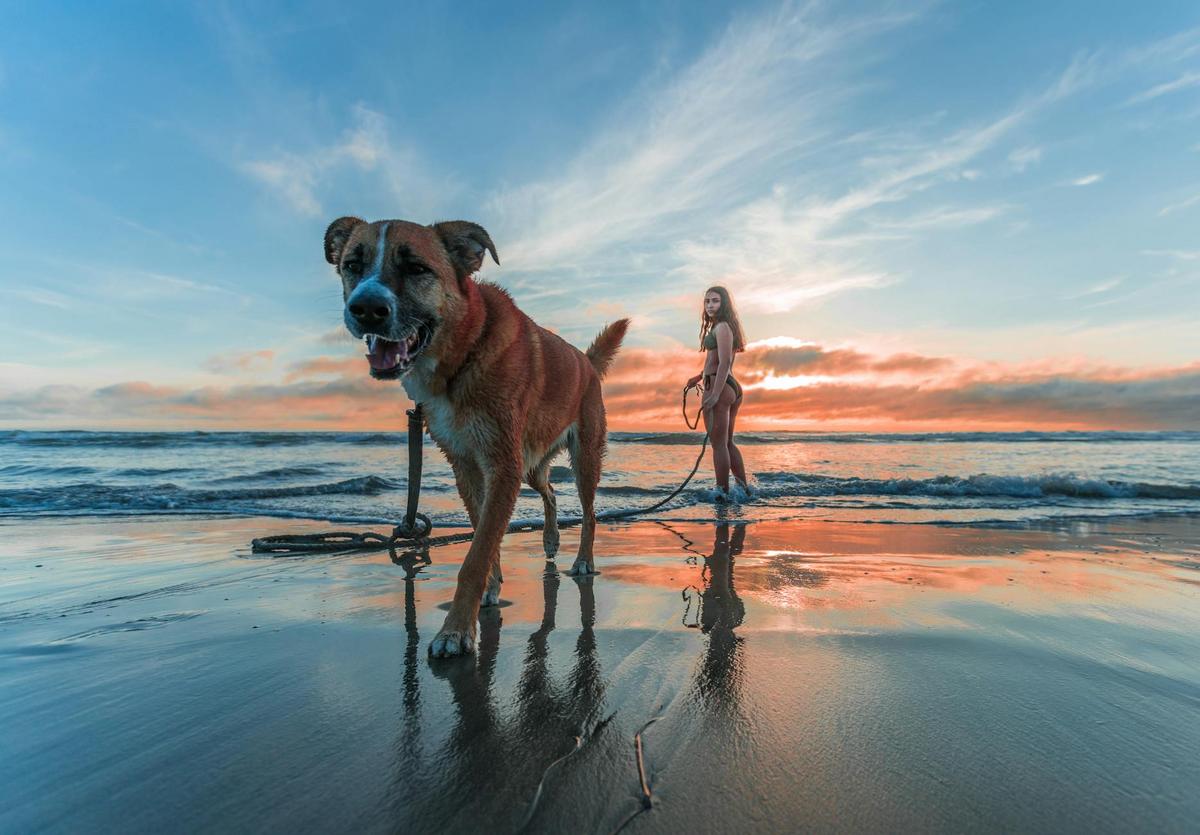
Pet Safety Tips for Outdoor Adventures
Exploring the great outdoors with your pet can be one of the most rewarding experiences, offering fresh air, exercise, and a bond-strengthening adventure. However, ensuring your pet’s safety in unfamiliar environments is paramount.
Preparing for the Adventure
Before setting out, it’s crucial to prepare adequately. Dr. Lisa Radosta, a renowned veterinarian, emphasizes the importance of a pre-adventure vet visit. “Checking your pet’s health status can prevent unforeseen issues on the trail,” she advises.
Research and Planning
Research the area you plan to visit. Some trails have restrictions on pets, while others might have specific dangers such as local wildlife or harsh terrains. Websites like AllTrails offer insights into pet-friendly paths.
Essential Gear
Investing in the right equipment can make a big difference. Consider a sturdy leash, a collar with ID tags, and a pet-friendly first-aid kit. Reflective gear can enhance visibility in low-light conditions.
| Item | Purpose |
|---|---|
| Leash | Safety and control |
| ID Tags | Identification in case of separation |
| First-Aid Kit | Handling minor injuries |
| Water Bottle | Hydration on the go |
| Reflective Gear | Visibility in low light |
| Booties | Protect paws from rough terrain |
| Backpack | Carry essentials |
| Sunscreen | Protect against harmful rays |
On the Trail
Once you’re on the trail, keep an eye out for signs of discomfort or fatigue in your pet. Dr. John Smith, an experienced animal behaviorist, notes, “Pets, like humans, can tire and overheat. Regular breaks are essential.”
Hydration and Nutrition
Always carry enough water and snacks for both you and your pet. Dehydration can occur quickly, especially in warmer climates.
Post-Adventure Care
After your adventure, check your pet for ticks, cuts, or any signs of injury. A thorough bath can help remove dirt and pests.
FAQs
What should I do if my pet gets injured on the trail?
Administer first aid as needed and seek veterinary care as soon as possible.
How can I tell if my pet is overheating?
Watch for excessive panting, drooling, or lethargy. Move to a shaded area and offer water immediately.
Are there specific trails that are more pet-friendly?
Yes, many national parks and local trails are pet-friendly. Always check regulations before heading out.
Conclusion
Outdoor adventures can greatly enrich the lives of both you and your pet. By taking proactive steps to ensure their safety, you can enjoy these experiences to the fullest. Remember to plan, prepare, and always keep your pet’s well-being in mind. For more tips on pet travel and adventure, explore additional resources on PetTravel.


